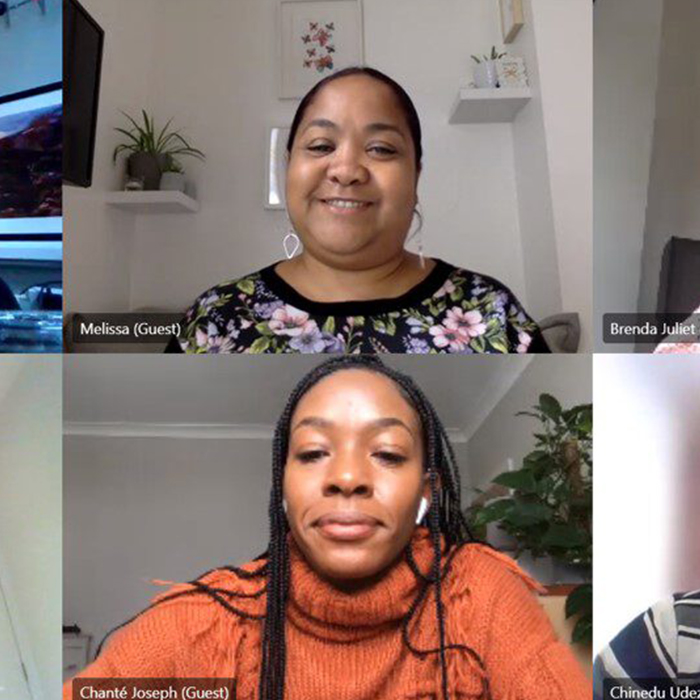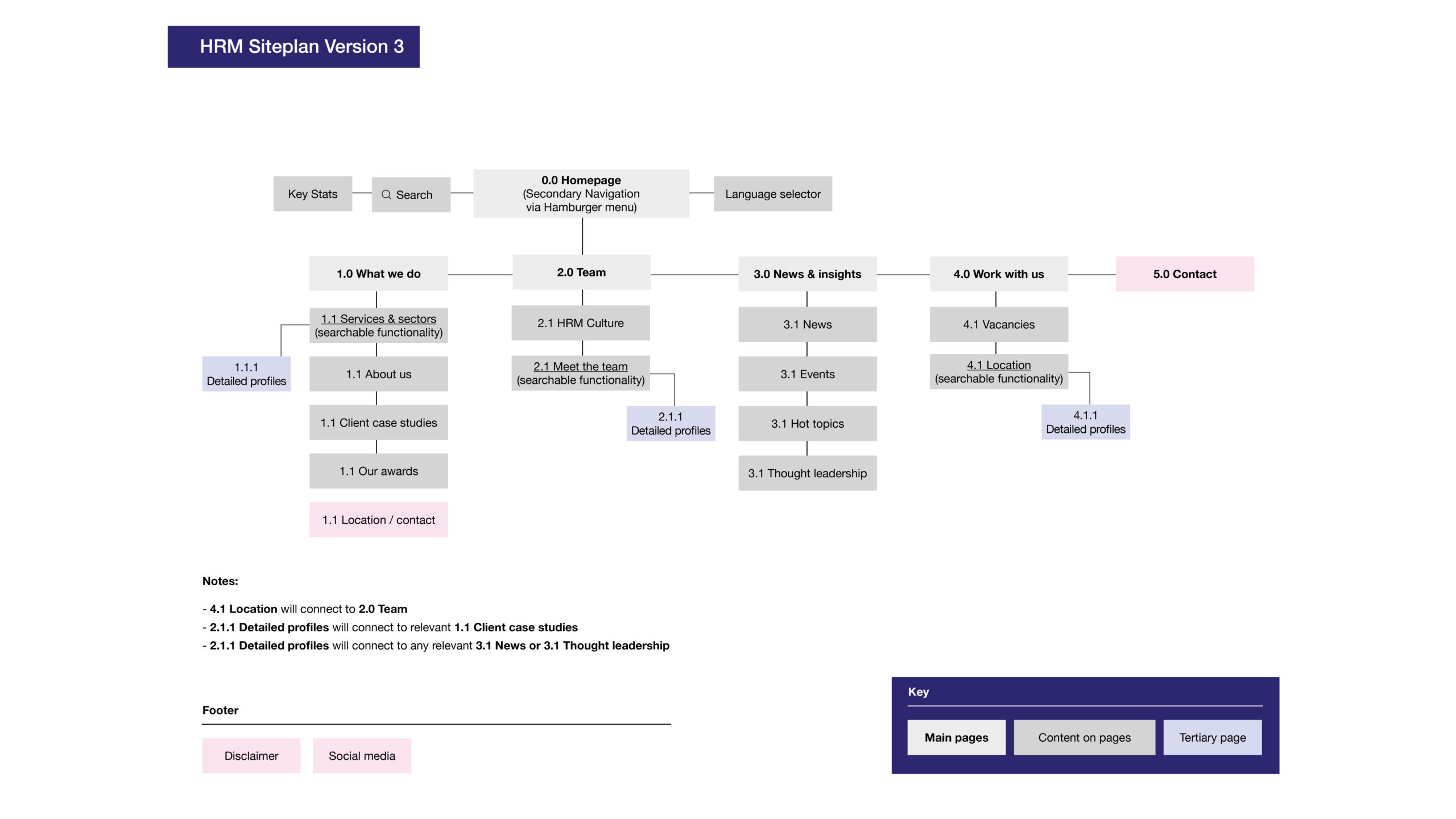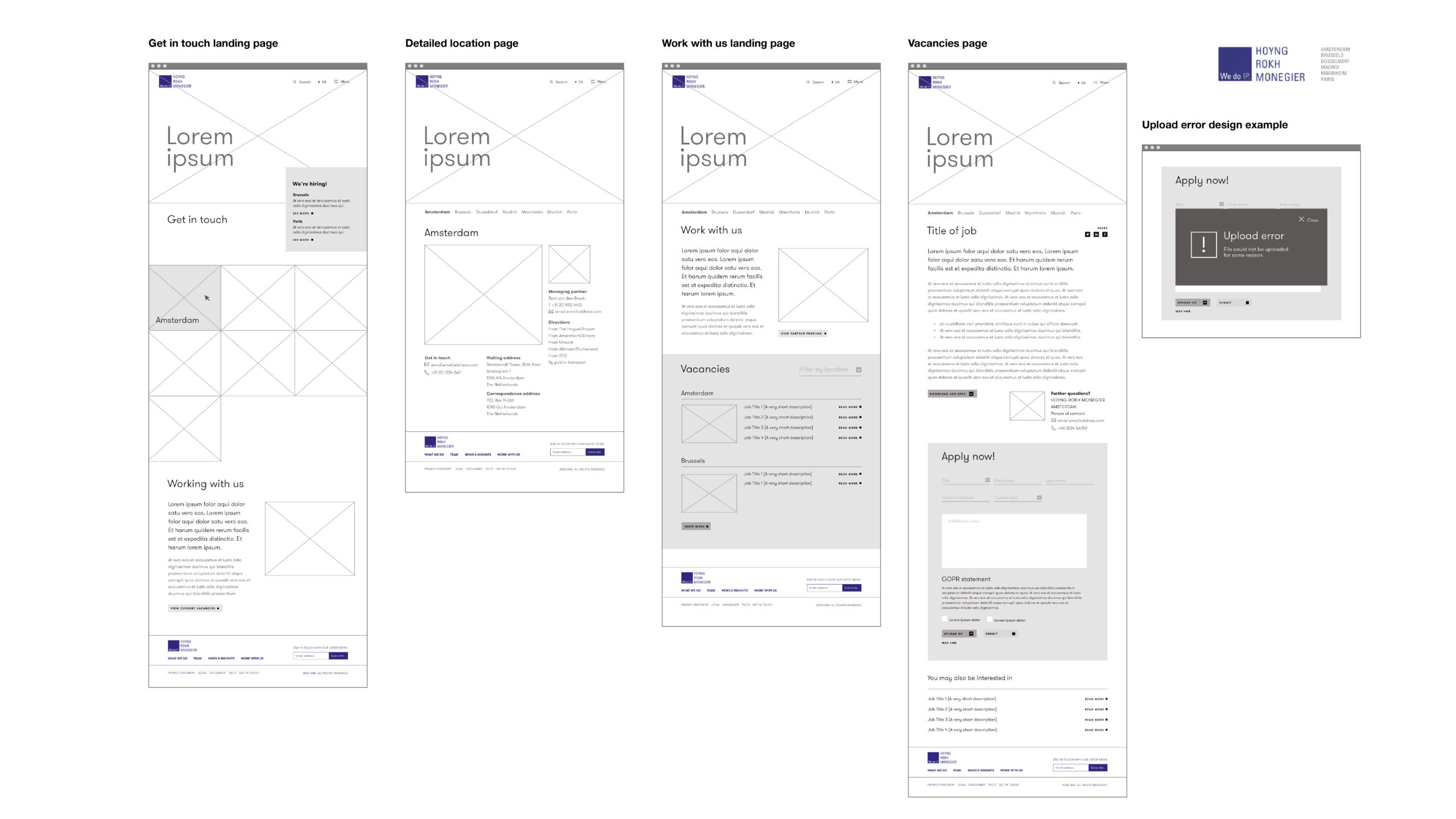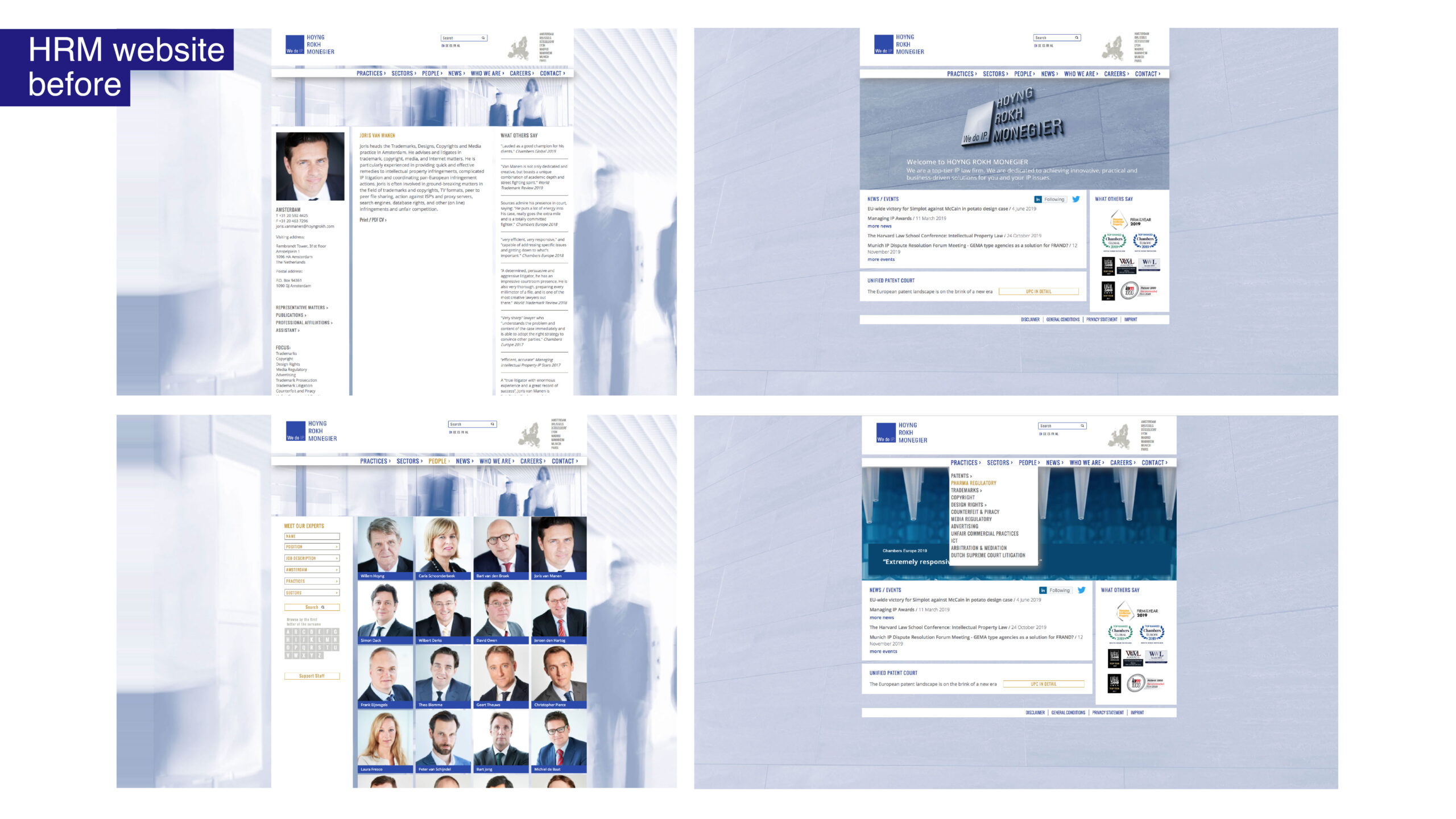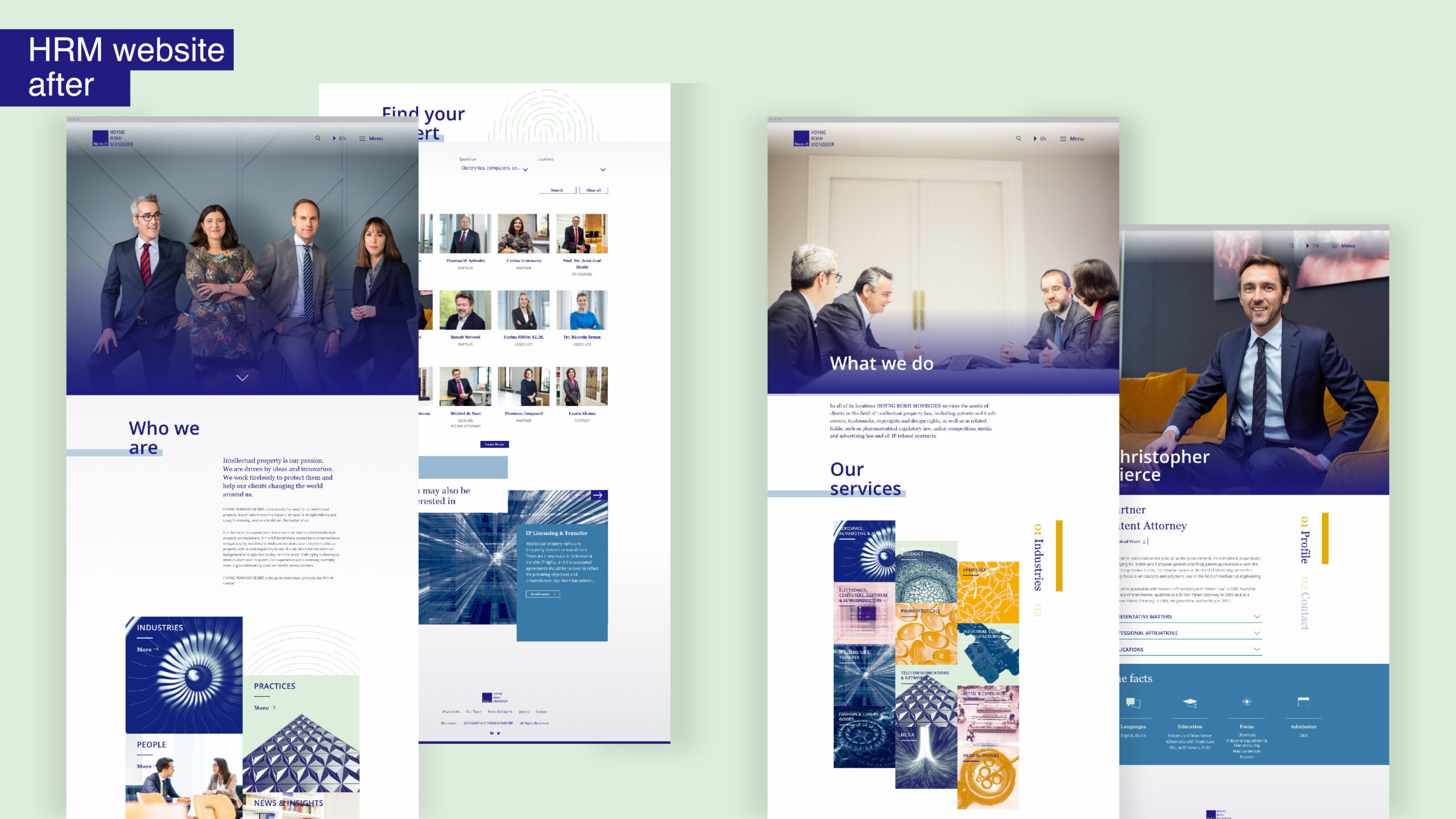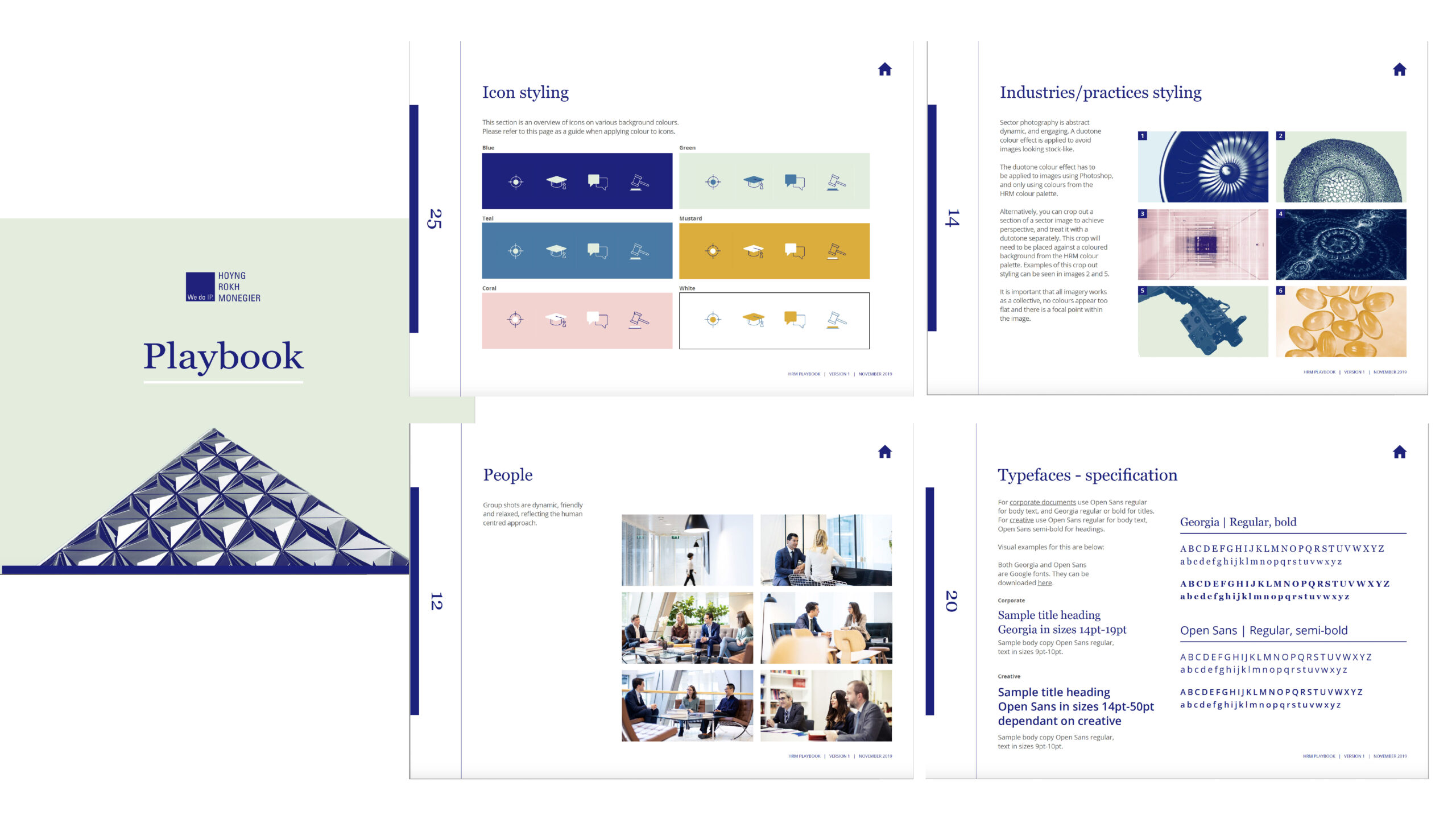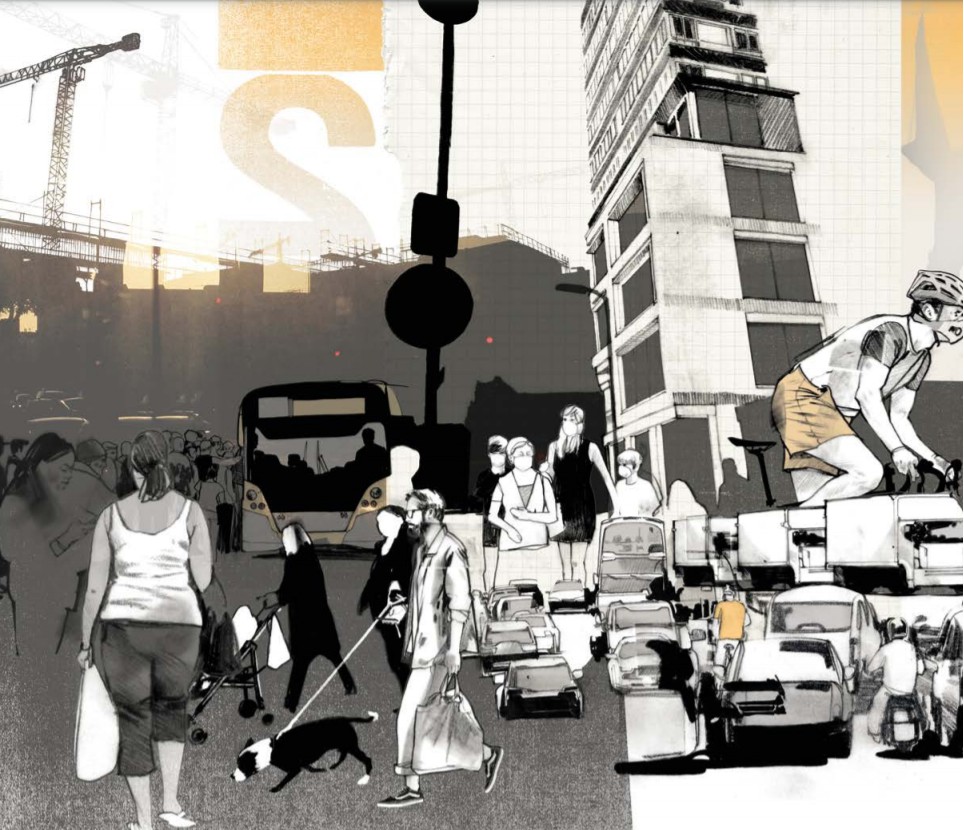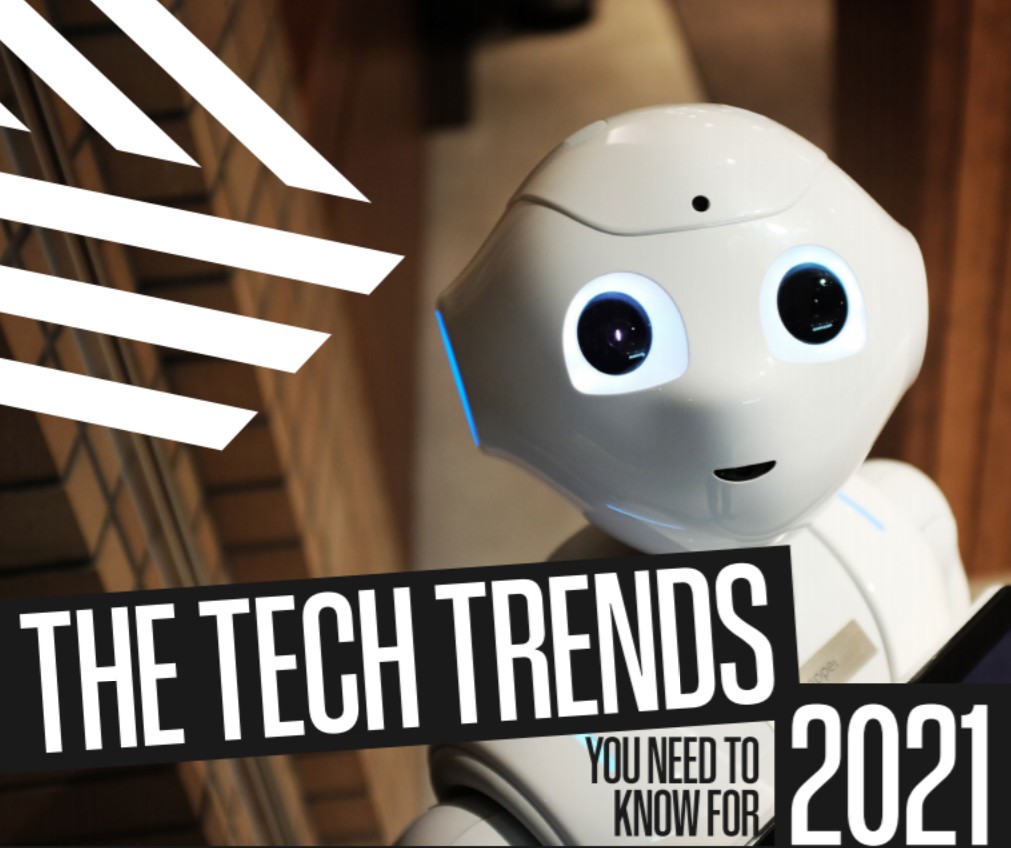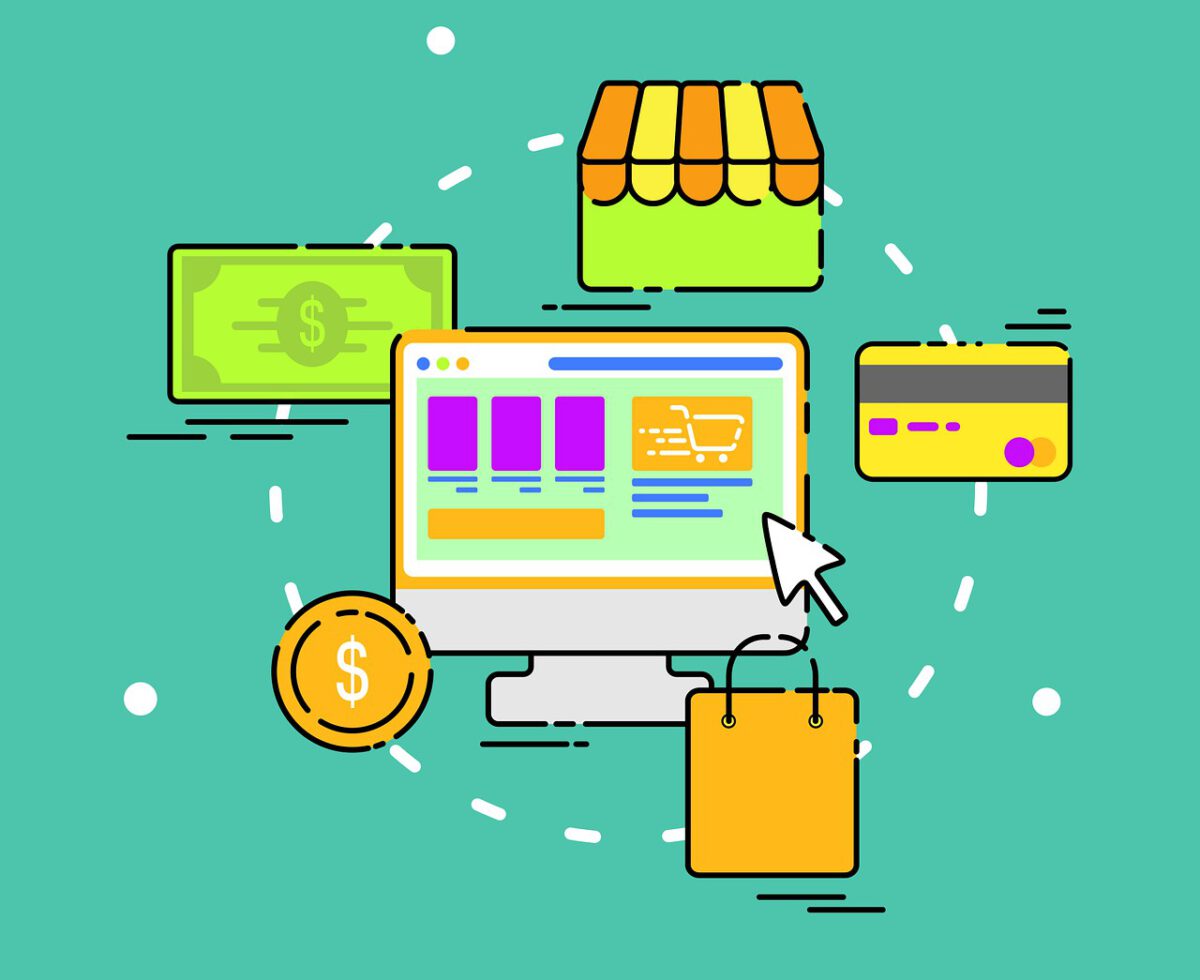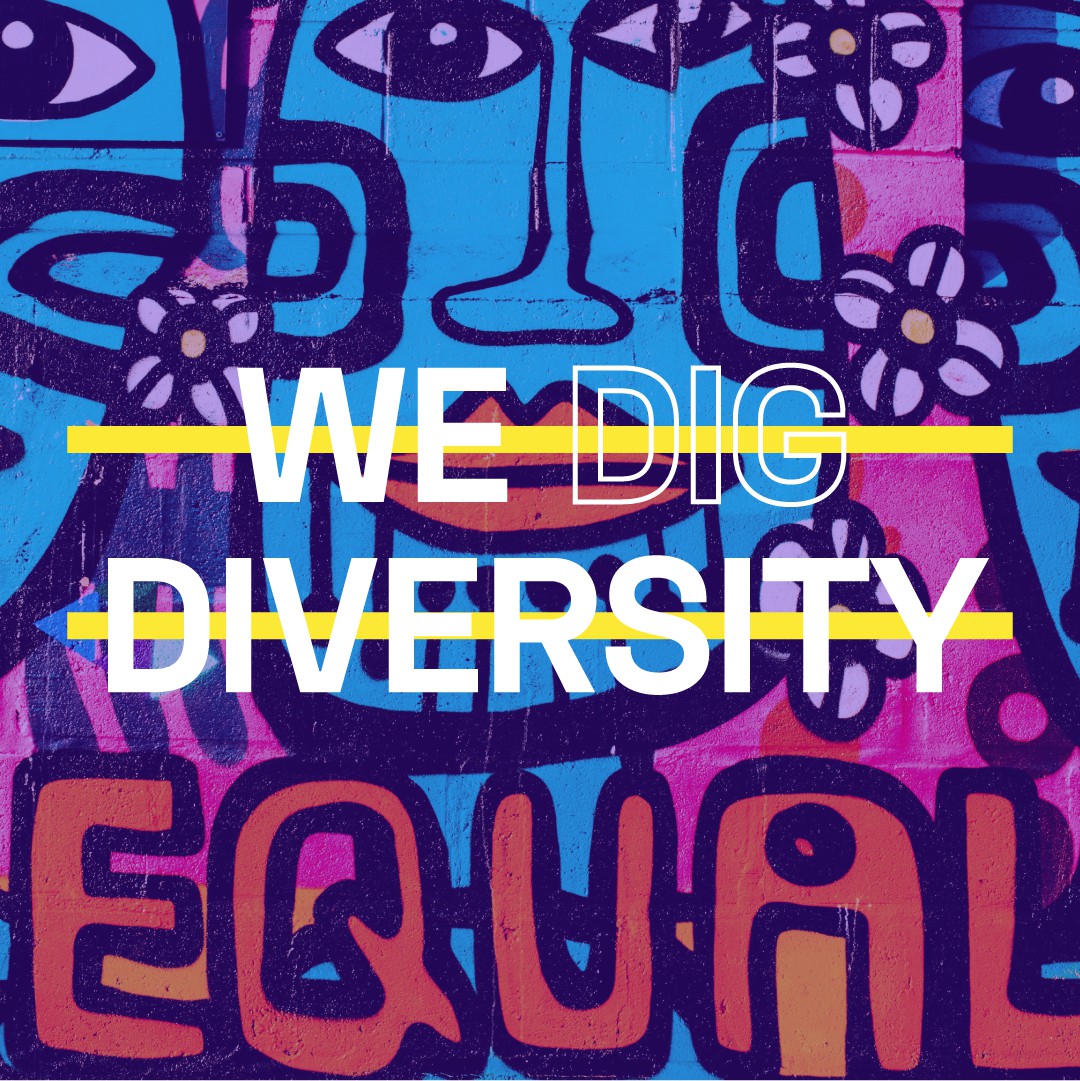This year, we watched activism in the UK change at speed as a locked down population turned to social media and online communities to learn, educate and drive change. Following the murder of George Floyd in the US, there was a renewed interest in the Black Lives Matter movement, which sparked initiatives such as #BlackoutTuesday and #TheShowMustBePaused. These campaigns quickly went viral as outrage grew, and many brands were quick to respond to show solidarity and support. But this raised important questions in many circles, namely: Were businesses and commentators simply jumping on the bandwagon or was this something they were genuinely passionate about?
Over the past few months, brands, influencers and individuals have been placed under increasing scrutiny. How do their words match with their actions? It became clear that some of our favourite brands, from Nike to Apple, who were quick with flashy campaigns of support didn’t have the internal teams or structures to match their claimed commitment. This was widely criticised as performative and harmful allyship.
Last week, in honour of Black History Month, we hosted an online panel discussion around the so-called ‘trend’ of activism. We invited four speakers to share their experience and opinions on how individuals and businesses can – and should – commit to drive authentic change both in the workplace and at a personal level.
Following the #BLM movement – do you think there’s been an increase in ‘performance activism’? Has the response been authentic?
Chinedu Udezue, Director, BCW: It depends on how you define ‘authentic’. It’s probably true that most brands want to be more diverse and authentic. Brands represent society and there is a general belief within society that people should be treated well and equally – so naturally, they want to be part of the conversation. But authenticity comes from putting in the work to be the change you want to apparently see – it isn’t just about putting up one-off quickly forgotten signs and statements. For me, that’s the defining line where many organisations fall down.
Has there been an increase in businesses reaching out to you to discuss issues around equality and diversity?
Melissa Lawrence, CEO, Taylor Bennett Foundation: Yes – in the past few months we’ve certainly seen more people and companies reaching out. I believe many of these communications are well-meaning and authentic. We have always been aware that PR has a diversity problem, so I’m happy to see this message is gaining traction. Today, I’m mostly having conversations about how PR businesses can support the Foundation’s work, and while some are being tokenistic in their approach, most of the conversations I’ve had have been more authentic than not.
As people of colour, do you feel more pressure to speak about these issues than you did previously?
Brenda Nabanja, Founder/CEO Girls In Power: As a black woman, just working in the creative industry alone has opened my eyes to the lack of diversity around me. Carrying a brand like Girls In Power is not an easy job but I wouldn’t say I’m feeling more pressured in myself. From a personal perspective however, I’m going to continue doing what I do and push for the conversations that raise the profile of black women to continue.
Have you felt any personal pressures following #BLM?
Chanté Joseph, Social Creative and Host of C4 ‘How Not To Be Racist’: There has been a huge pressure within the media to publish more black faces, more black stories. But this isn’t always helpful because we’re often being asked to rehash or relive our racial trauma – so that other organisations can look like they’re supporting our struggle. Here’s the thing: not all black stories are trauma stories. We are not two-dimensional and not every story we want to tell is about prejudice or racism. No other group is constantly asked to rehash racial trauma, and so in that way, yes, it can feel performative.
Melissa: Just as it can be hard to watch and read about racial trauma, it can be equally hard to rehash it and constantly speak about it.
Is there anything businesses can do differently from that perspective?
Chinedu: A common experience I’ve had in group situations is looking around me and realising that I’m everyone’s “one black friend”. So invariably, you become their single point of reference for everything “black” and people come up to you and ask you questions as if you have all the answers or as if you speak for everyone that looks like you. It shouldn’t be this way. If businesses want to do better, they can start by speaking to us about more than just race. To PR organisations I would say: why is it that the only time you want to talk to me, it’s about race? Why not ask me about the technology sector that I work in, or predictions about the corporate sector? You can approach me for comment on my other areas of expertise, and this is something that often gets lost in these conversations. As black people, we have more to talk about than just ‘being black’.
How comfortable are you with being seen as an ‘educator’ in this way?
Chanté: Lately, I’ve been inundated with requests to ‘educate’ people. It’s important work, but I’m a person outside of how to talk to people about racism. If I had any words of advice, I would point out that in my experience, people only want to talk about surface-level issues that they can distance themselves from. Actions and remarks that they’ve never made, so they feel safe from the ‘racist’ label. But it becomes a lot more uncomfortable when you start speaking about institutional racism, or for example, all the ways in which the justice system is systemically racist. But if we’re going to learn about these issues, we need to learn about them all – or it’s just hollow.
How do you work with other organisations to make sure your time and work is valued?
Chanté: I’m always willing to help out black-owned businesses. After the C4 program came out, I was inundated with requests, so I signed with an agency. Nowadays, people that want to reach out to me have to reach out to my agent first, which places a barrier between me and them and keeps me from feeling guilty about being recompensed for my work.
Is it difficult to toe the line between being a charity and ensuring that you’re properly recognised for the work you do?
Melissa: In the last few months, I’ve had a lot of emails requesting to ‘pick my brains’. And I always say: while I’m happy to help wherever I can, we are a small organisation, with limited resources and we have overheads to cover. If people want more than a quick conversation, I will ask for a donation to the Foundation or charge consultation fees. Of course, activism is about more than just money but we have a lot of work to do, and it’s important that the team and I are paid for our expertise and time.
Which brands do you think got it right / are getting it right?
Chanté: Black Ballad has done an excellent job – it’s already what their content is centered around. I also really enjoyed Bumble’s campaign (which I worked on) about black love and what it means. Positive stories like these are uplifting, and showcase the different facets of black identity.
How do you feel about cancel culture?
Chanté: I think as social media users, we need to give people the grace to take accountability for their actions. Accountability is about growth – it’s about holding up your hands and admitting when you’ve made a mistake.
What does good allyship look like? Can it help break down otherwise defensive barriers?
Brenda: I think a lot of this work often falls on black staff who aren’t paid extra money to do it. Allyship can be helpful but white people need to make sure they don’t talk over black people sharing their experiences. Investigate yourself, and always check your privilege.
Any final thoughts?
Melissa: We tend to think of discomfort as a negative thing, but it’s really truly only when we’re uncomfortable that we find room to grow. In our industry especially, being uncomfortable can help us become more creative in our thinking – so let’s keep pushing ourselves and each other to improve. I want to see change that has progression. Not just change at a superficial level. Keep working with the Foundation and support us.
Brenda: So much racism happens on an interpersonal level, but these conversations are vitally important if we’re going to improve.
Chanté: Black people are not just about Black History Month, we’re forever. We won’t stop existing once this month has passed.
Chinedu: Black people are not homogenous either and our experiences are wildly different, depending on social class, gender, religion and background – just like all races. There are nuances to these conversations that we mustn’t forget.


